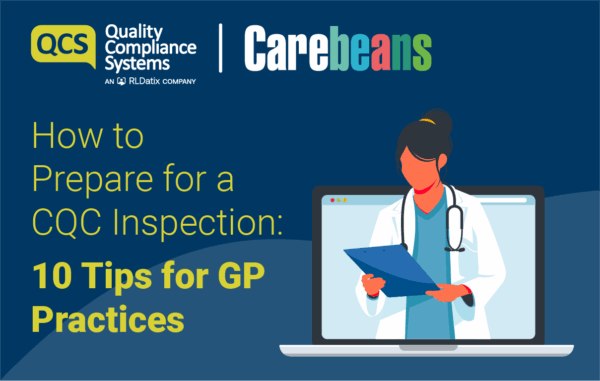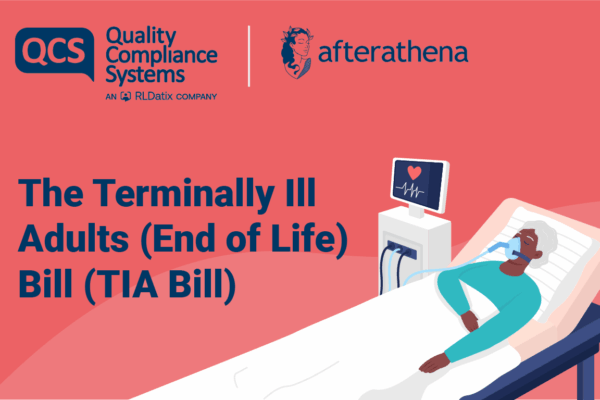1. Check your CQC email is up to date
Make sure the email address registered with the CQC is up to date and checked regularly so you receive the inspection announcement in good time. Often, this is an NHS email account that’s overflowing – but this email is not one to miss. You will receive two weeks’ notice of inspection, and you’ll want to use all of this time to prepare without last-minute panic.
2. Read the announcement carefully
Read the announcement email carefully. What Quality Statements are being inspected? Are key team members available? Do you need to book a locum? What information is being requested in the Pre-Inspection Return? Being clear on these details will save time and reduce stress.
3. Complete your GP Mock Inspection
Look at your GP Assessment Toolkit and complete your GP Mock Inspection. Now that you know which Quality Statements are in scope, it’s time to put your QCS-aligned policies and procedures into practice. The Mock Inspection helps you gather and organise your evidence in one place, so you’re inspection ready.
4. Review your Pre-Inspection Return
Completing your Pre-Inspection Return? Look carefully at the documents you’re submitting. Are they complete, in date, and reflective of what you do? Be honest – if there’s a complex significant event or complaint, be prepared to discuss how you’ve managed it.
5. Practise questions with your team
Use your GP Mock Inspections to run through questions with staff, leaders, patients, and stakeholders. This not only helps them feel more confident but also familiarises them with the types of questions they may be asked, reducing anxiety on the day.
6. Know your data and actions
Know your data and have actions to improve. The QCS Mock Inspections and GP Assessment Toolkit show you which data is reviewed under each Quality Statement. If you can demonstrate that you understand your performance and risks – and have a plan to improve – it shows stronger Governance and Assurance.
7. Contact the inspector if needed
If you have questions, contact the inspector. This helps you feel more confident and shows you’re engaging proactively with the inspection process.
8. Highlight what you do well
Are you doing something innovative or particularly well? Be ready to talk about it and share outcomes that have improved patient care. If presented clearly, this could contribute towards achieving Outstanding.
9. Check your checklists
Check that all your checks and checklists are up to date – cleaning schedules, emergency equipment and drugs, vaccine fridges. These details often appear in inspection reports, so it’s worth ensuring they’re in order.
10.Clear away clutter
Clear away the clutter. Expired bandages and plasters in the first aid kit, out-of-date drugs, broken equipment – these can all find their way into inspection notes. A clear environment helps make a positive impression.
Bonus Tip: Try our GP Mock Inspection for free
The GP Mock Inspection simplifies the SAF by explaining what evidence is needed under each of the 34 Quality Statements. Written by a former CQC GP inspector who helped turn the SAF into practical steps for inspections, it’s GP-focused and shows you the questions inspectors may ask, the data they will check, and which policies and procedures you might
need to share.
We know inspections can feel inconsistent and unclear, leaving you worried about meeting expectations. The QCS Mock Inspection helps you take back control, so you know what to expect, where your gaps are, and how to show the quality of care you provide.




